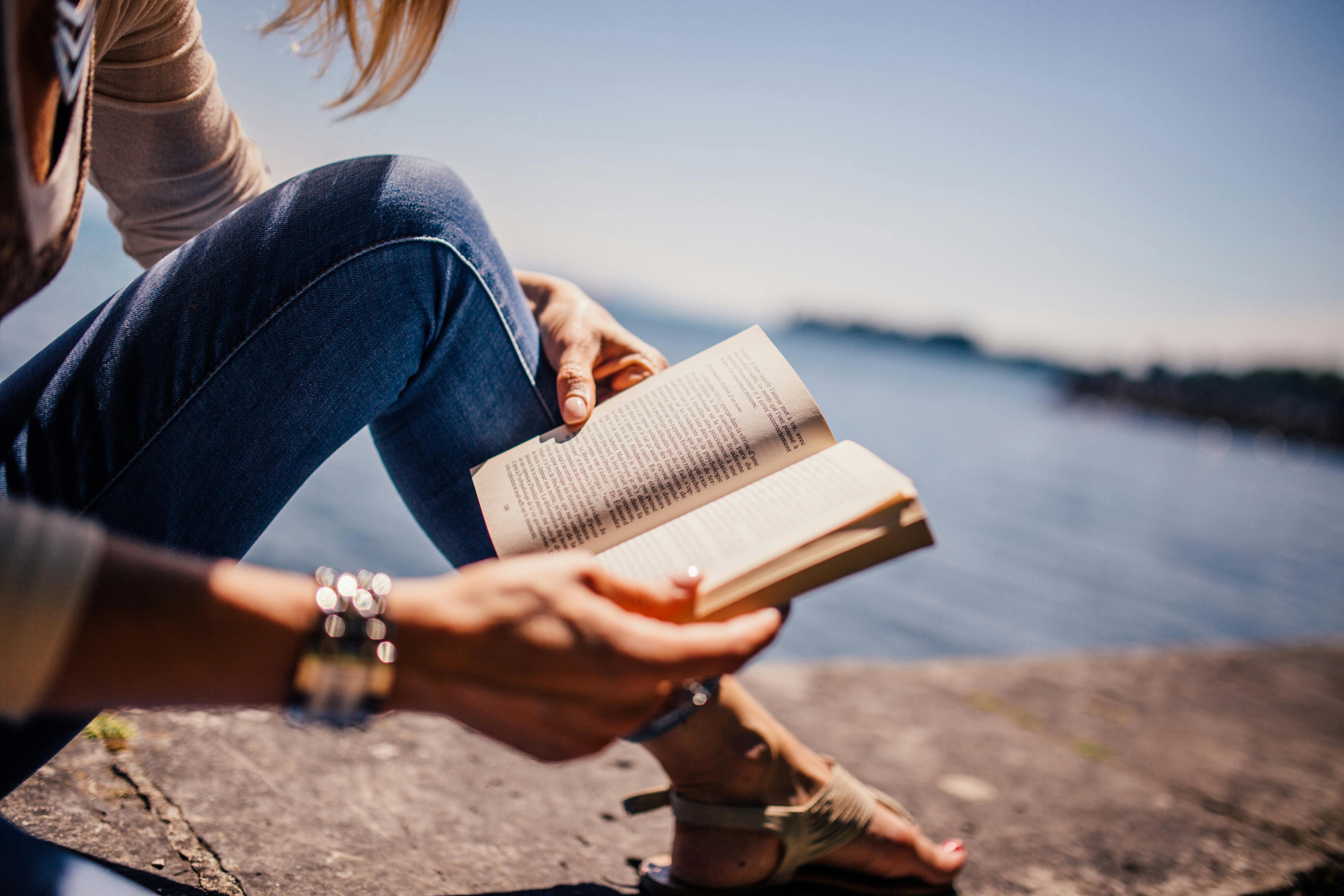 As Dawn said a few days ago, we all went into this lockdown with fine plans of writing new things. In my case, revamping an outline for a non-fiction book I'm keen to sell and doing some work on adult book that I'm not yet trying to sell as I don't have a clear vision of its shape. And improving my very poor German. Plus working on the few commissioned books that have not been put on hold. But aside from meeting deadlines, that's not what has happened. A good deal of gardening has happened. And a sudden desire to revive a novel I wrote some time ago and my then-agent couldn't sell because 'we don't want historical right now.' Historical in this case is the plague in Venice in 1576.
As Dawn said a few days ago, we all went into this lockdown with fine plans of writing new things. In my case, revamping an outline for a non-fiction book I'm keen to sell and doing some work on adult book that I'm not yet trying to sell as I don't have a clear vision of its shape. And improving my very poor German. Plus working on the few commissioned books that have not been put on hold. But aside from meeting deadlines, that's not what has happened. A good deal of gardening has happened. And a sudden desire to revive a novel I wrote some time ago and my then-agent couldn't sell because 'we don't want historical right now.' Historical in this case is the plague in Venice in 1576.I found myself drawn back to the book with some enthusiasm for the first time in years. I know I can't be bothered with trawling it around publishers or agents again (I've parted company with my last agent) so it will rot in a drawer. I thought I might self-publish it as something to do. But then I got into an argument with a whole bunch of people on a publisher's website and now I'm not sure. They were denouncing the publication of a book set during a fictional pandemic as 'opportunistic' and 'profiteering' and 'making money out of people's misery'. Are they right? I don't think so. No one is being forced to buy this book set in a pandemic. Profiteering, surely, is making money by price-gouging essentials, such as soap or masks? If you don't want to read a story set in a pandemic, just don't. Personally, I am enjoying revisiting plague narratives now and recognising aspects of the lives described that were previously alien to my experience. Even revisiting a book I wrote myself, I am quite pleased to see that I correctly captured the feelings of self-isolation. (It's not really a book about plague, but plague is the backdrop and isolation and restricted movement are key aspects of it.)
If we believe that people want characters they can identify with rather than a homogenous white, straight, middle-class cast, don't we believe they also want situations they can identify with? And that might include living through a pandemic?
When I was first writing this novel I did worry that I was exploiting the misery of people long dead, and I lit a candle for the plague dead every time I visited Venice for research. But the thought that to publish it would be exploiting victims of the current pandemic had never occurred to me. What do you think? If someone publishes a book set in a plague/pandemic, is that reprehensible? And does it make a difference whether, as in the case of the dispute, the book is about a covid-like disease or something else? (The author of the disputed book wrote the book 15 years ago, so the disease is not a direct reference to covid-19.) Are you reading pandemic literature? I've been revisiting some and ordering some new dystopian fiction. I'm finding it helpful seeing this new aspect of life reflected in fiction. What about you?
Anne Rooney
Out now: How to be an Eco-Hero
Hachette, 2020

















